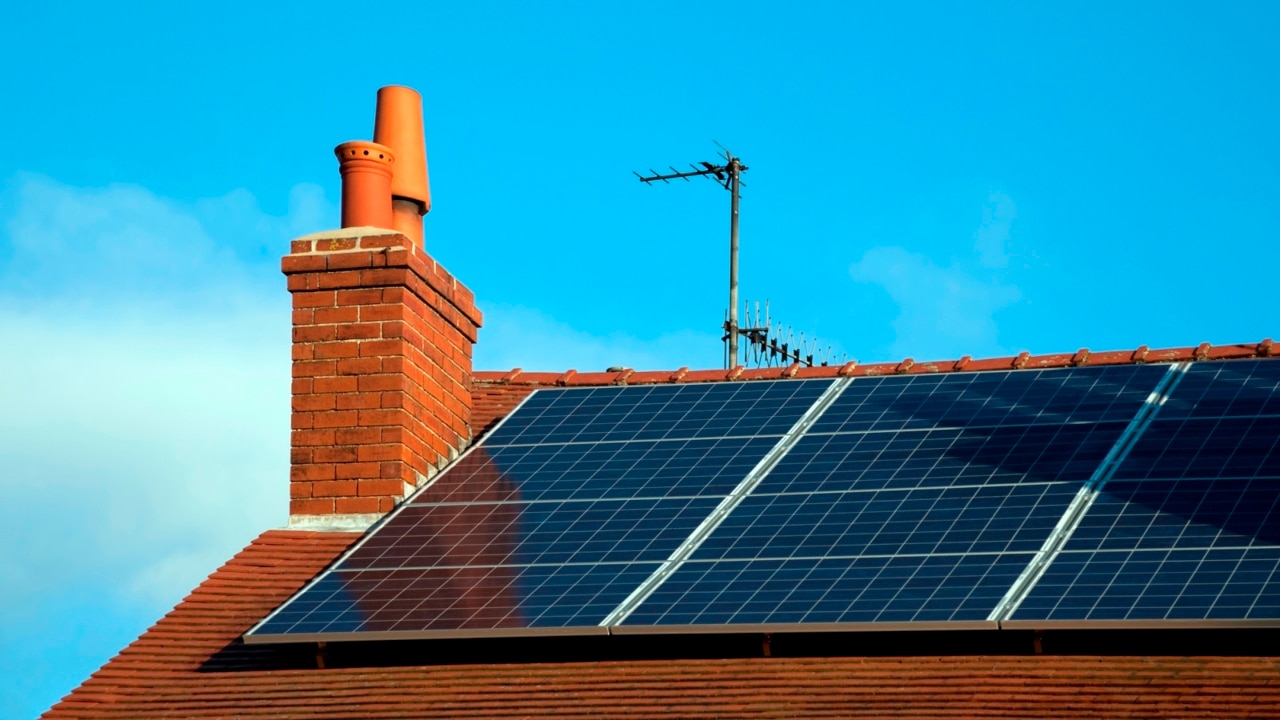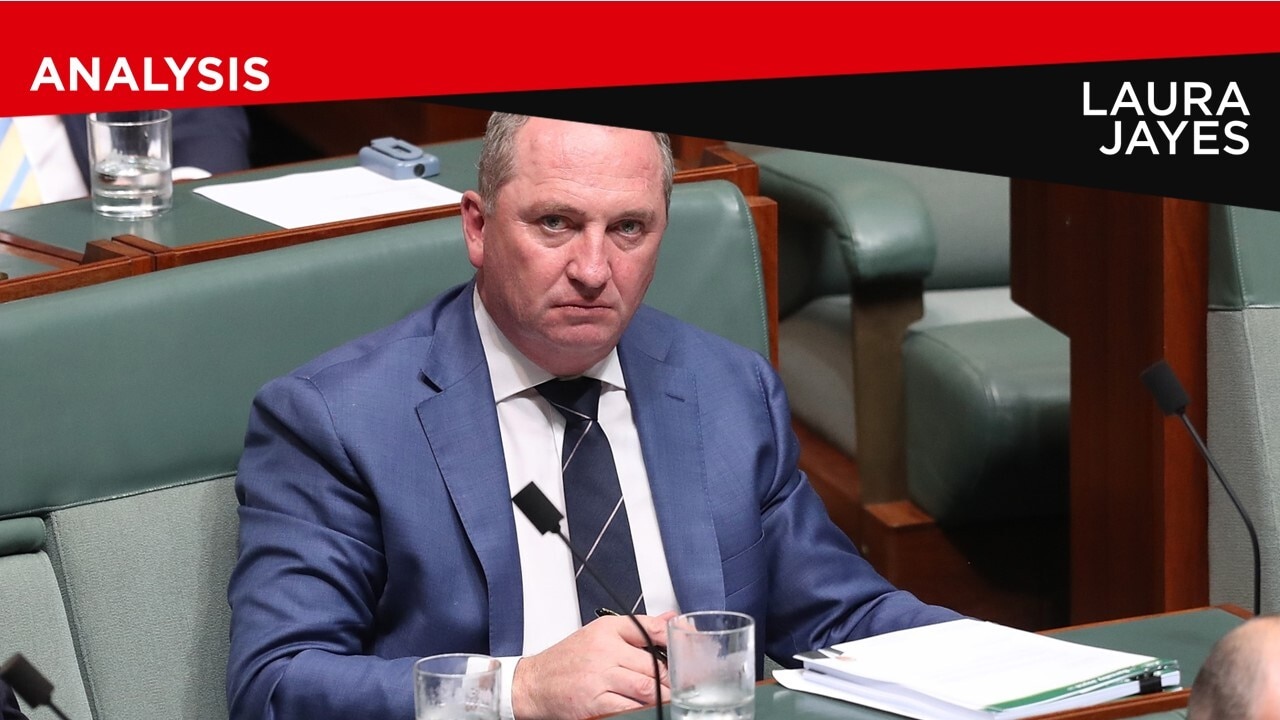SA consumers lost in tangle of power plan offers — but is Federal Government intervention making the situation worse?
Confusing electricity offers leave many South Australians paying hundreds of dollars too much — but Federal Government intervention may be making the problem worse.

SA News
Don't miss out on the headlines from SA News. Followed categories will be added to My News.
Fewer than a third of consumers in South Australia feel the energy market is working in their long-term interest, survey results show.
While sentiment about reliability of electricity supply has been restored since the shock of the 2016 statewide blackout, consumers remain unconvinced the overall system has been fixed.
Only one in two consumers say there is enough easy-to-understand information and tools available to manage their electricity use.
The dire picture emerges in surveys by Energy Consumers Australia — a company set up to advise the Council of Australian Governments’ Energy Council.
The council is the nation’s peak body for energy policy.
“Purchasers of electricity almost need specialist energy market expertise to compare offers that vary across multiple price, service and other dimensions,” Energy Consumers Australia chief executive Rosemary Sinclair said.
“Consumers who cannot or do not actively engage in the market face the risk of paying hundreds of dollars more than they need to for electricity.”
The Australian Energy Market Commission — the body which sets the system’s rules — also is critical of retailer behaviour.
“Retail energy offers, particularly the discounting behaviour, are confusing for consumers,” the AEMC said after its own review into retail competition.
“Consumers tend to only get a better deal if they leave or threaten to leave a retailer.”
Choice can be overwhelming with about 100 different offers in SA.
Electricity supply has been competitive since the sale of ETSA in 1999 and fully deregulated since 2013 when the Government ceased setting prices for the standing contracts customers inherited from the ETSA days.
Retailers must still offer a standing contract but only about 9 per cent of customers have not moved to a market contract.
The median standing offer in SA was $450/year higher than the median market offer in 2018.
The Australian Competition and Consumer Commission found that retailers “use high standing offers as an inflated ‘base rate’ for market offers, to which significant, and largely conditional, discounts are then applied, effectively misleading and confusing consumers by creating a false sense of benefit”.
Retailers also used standing offers to subsidise market offers to other customers.
Acknowledging public anger, major companies have now voluntarily agreed to an Energy Charter which emphasises better customer care and pledges to report publicly on progress.
“It will take some time to turn around the culture in this sector and rebuild trust with consumers but the Energy Charter is a step in the right direction,” Ms Sinclair said.
Basic price push moves into risky territory
By Chris Russell
The Federal Government is intervening in the retail electricity market but major players warn of risks in the move.
With consumers angry about high prices, the Federal Government moved ahead of the Council of Australian Government’s Energy Council, the body that usually directs electricity market rules.
The Federal Government tasked the Australian Energy Regulator to establish a default market offer at a set price, replacing standing offers which were originally intended as a safety net for consumers who did not opt for a market offer under privatisation.
The Federal Government claimed this could save SA consumers $832 a year but the Opposition disputed this because it was a comparison with the lowest market offer not the likely price from the regulator.
The default market offer would be a reference point against which retailers must compare their other offers.
The Federal Government also introduced a draft code which includes banning retailers using conditional discounts in advertising headlines.

The SA Government agrees greater clarity is needed for consumers but is wary about the default market offer plan.
In a submission to the regulator, SA Energy and Mining Minister Dan van Holst Pellekaan warns of stifling competition from smaller retailers.
“Some of these retailers have been the most active in innovating in terms of pricing, tariff and value-added service offerings,” he said.
“The SA Government is adamant that consumers’ interest must come first and is keen to see the response from the regulator to our and other stakeholders’ submissions.
“Only 9 per cent of households in SA remain on old standing offers and it is critical that any changes don’t disadvantage the other 91 per cent of consumers.”
The Australian Energy Council, which represents the major businesses, said the federal move is rushed, does not have industry support and some customers would pay more. Chief executive Sarah McNamara blamed high prices on “cost pressures across the supply chain and because we are an industry without a guiding policy framework”.
“Price regulation cannot overcome those challenges,” she said.
Energy Consumers Australia also want lower prices and an end to confusion.
“But we need to be clear that a reference price is not an alternative to repairing the safety-net,” chief executive Rosemary Sinclair said.
Draft prices from the regulator estimate savings for SA at $169 a year to $218 a year.
Submissions to the review close on Wednesday with 2019-20 prices to be published by April 30.


